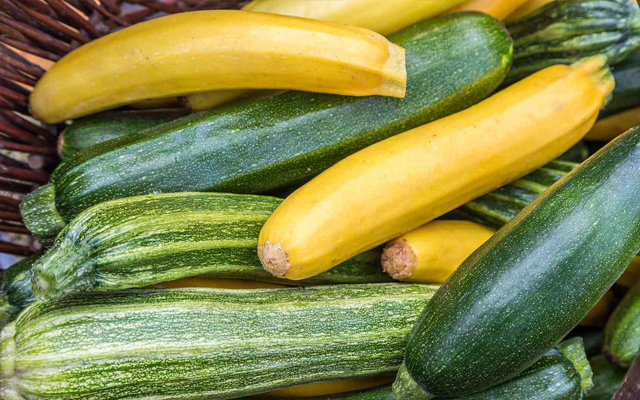Winter brings with it the challenge of preserving the bountiful produce from our gardens. Yet, with proper techniques, many vegetables can be stored and enjoyed throughout the colder months. This guide offers insights into the most effective methods to store your harvested vegetables over the winter, ensuring they retain their freshness and nutritional value.
Root Cellaring: A traditional and still effective method, root cellaring involves storing vegetables in a cool, humid environment, typically in a basement or a cellar.
Best for: Potatoes, carrots, beets, turnips, and onions.
Method:
- Vegetables should be cleaned gently to remove excess soil.
- Ensure good air circulation to prevent mold.
- Store items in layers, separated by straw or newspaper.
Cold Storage: Cold storage is akin to root cellaring but uses modern refrigeration or cooler units.
Best for: Apples, pears, and cabbage.
Method:
- Keep fruits and vegetables in separate compartments as fruits release ethylene gas which can spoil vegetables.
- Monitor temperature regularly to ensure it remains just above freezing.
Dry Storage: Some vegetables need a dry environment rather than a cool, moist one.
Best for: Winter squashes, pumpkins, and garlic.
Method:
- Store in a cool, dark place but not necessarily as cold as a root cellar.
- Arrange them so they’re not touching to avoid rot spreading.
Freezing: A popular and convenient method, freezing retains the nutrients of vegetables.
Best for: Peas, beans, berries, broccoli, and spinach.
Method:
- Blanch vegetables in boiling water briefly before cooling quickly in ice water.
- Dry and pack them in airtight containers or freezer bags.
Canning: Preserving vegetables in jars is a tried and tested way to enjoy them all winter.
Best for: Tomatoes, green beans, and beets.
Method:
- Use a pressure canner or boiling water bath canner depending on the vegetable.
- Ensure jars are sterilized and sealed properly to prevent spoilage.
Fermenting: This method not only preserves but also enhances the flavor and nutritional value of vegetables.
Best for: Cabbage (sauerkraut), cucumbers (pickles), and carrots.
Method:
- Submerge vegetables in a brine solution in a sealed container.
- Store in a cool place until the desired level of fermentation is achieved.
Dehydrating: Removing moisture ensures vegetables are preserved for long periods.
Best for: Tomatoes, peppers, and herbs.
Method:
- Use a food dehydrator or an oven on a low setting.
- Store in airtight containers in a cool, dark place.
Conclusion
Storing harvested vegetables over the winter requires a combination of traditional techniques and modern methods. It’s crucial to select the appropriate storage method based on the specific needs of each vegetable to ensure optimal flavor and nutrition. With proper preparation and care, you can relish the taste of your garden produce even during the cold winter months.

